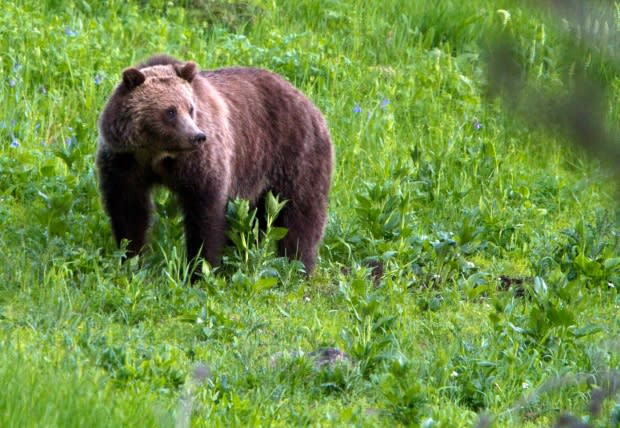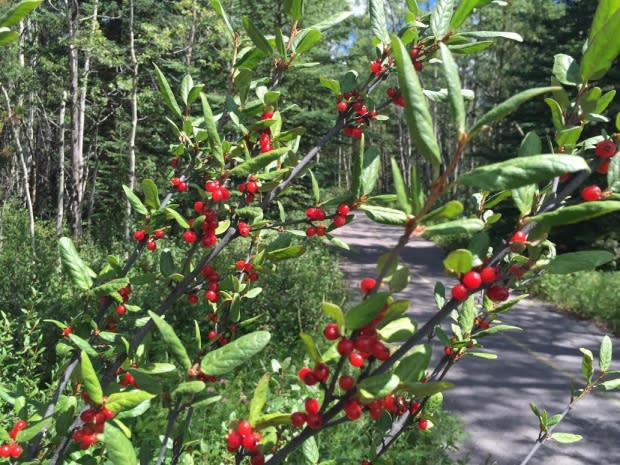Climate change makes berries ripen faster, and that's bad news for bears, Calgary-led research says
Climate change is predicted to make buffaloberries ripen much faster than they do now, and that could make life difficult for Rocky Mountain grizzly bears, which need to feast on them before they hibernate for the winter, University of Calgary researchers say.
Projections done by the U of C's department of geography show that in as little 60 years, buffaloberries in the Rockies will ripen three weeks earlier than they do now, according to a study published in the journal Nature Climate Change by David Laskin and several colleagues, including his PhD supervisor, U of C professor Greg McDermid.
This will shorten the duration of the berries' availability to the grizzly bears as they prepare for winter, says Laskin.
This means that the bears will have less time to forage for their most important caloric food source before hibernation, he said.
"So they're going to have to look for alternate food resources, before that time, to gain enough weight to make it through the winter," he said.

"This might lead them into places where they wouldn't normally go. Places where they might get themselves into trouble."
The discovery about the predicted early fruiting of the buffaloberries and its impact on bears arose from another breakthrough — a new way of tracking the phenology of plants beneath the forest canopy.
Phenology is the timing of seasonal activities in plants and animals, such as the stage in which a plant moves from flowering to fruiting.
Satellites are already used routinely to track major phenological events, such as spring green-up, across the globe, the release said.

But most satellites can't see what's going on in the understorey, beneath the forest canopy, said Laskin.
Laskin developed a new way of tracking the phenology of plants in the understorey by using the satellite-collected information as it relates to temperature accumulation.
"So we used thermal sensors on two satellites that pass over Alberta about four times a day. And that way we can get a nearly real-time view of the understorey. And it's temperature that really drives the development of plants," he said.
Laskin said it was fascinating how precisely the researchers were able to predict the timing of the various stages of phenological development in the buffaloberries using the thermal sensing satellites.
"With peak ripeness, we can predict that within two and half days anywhere in the province," he said.
Laskin says the technique will be applicable to broader areas of study.
"This was just applied to grizzly bears, this interaction between grizzly bears and this critical berry resource. But we can apply this methodology and this remote sensing framework to any plant in seasonal latitude that has a distinct phenology," he said.

